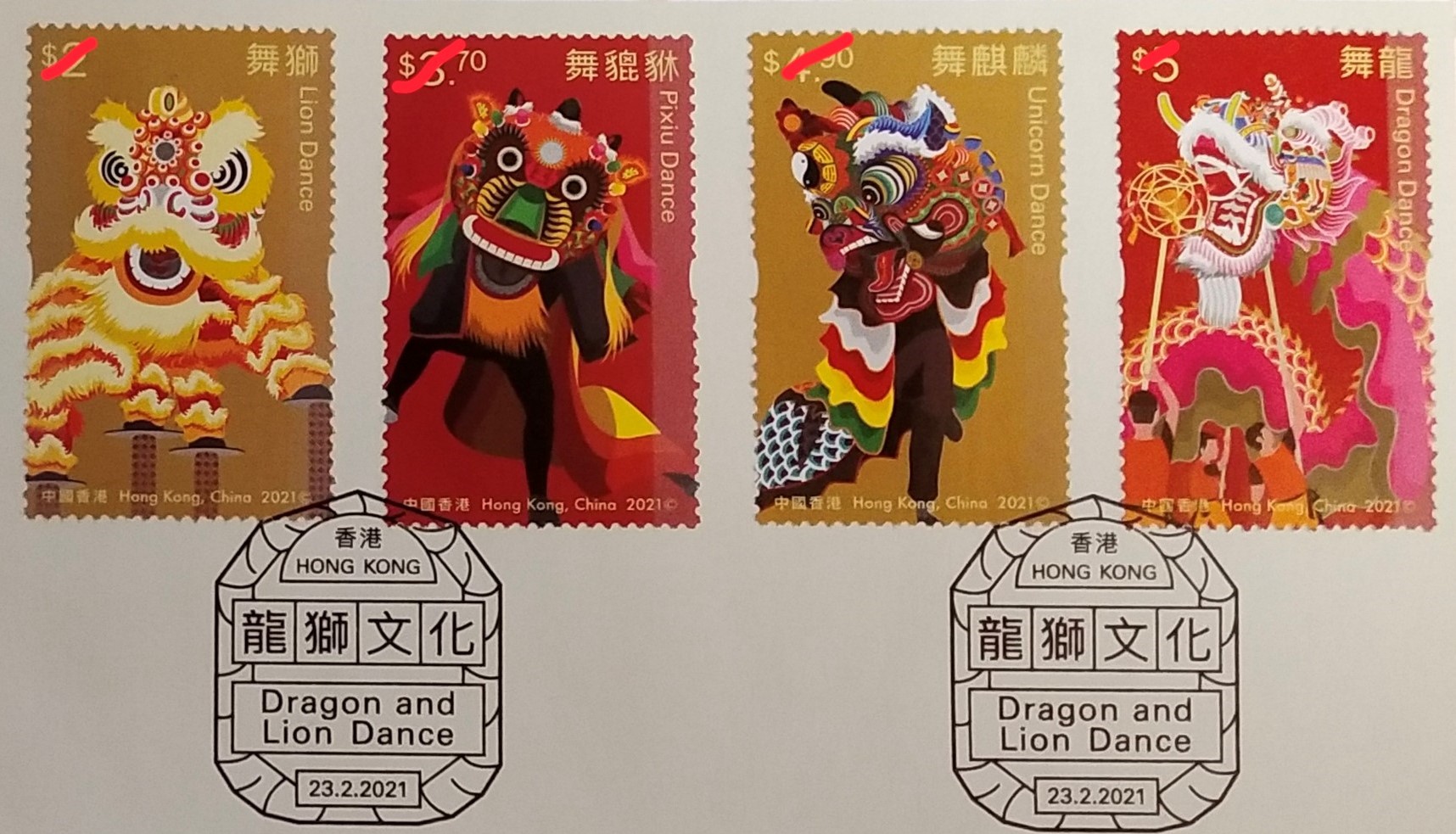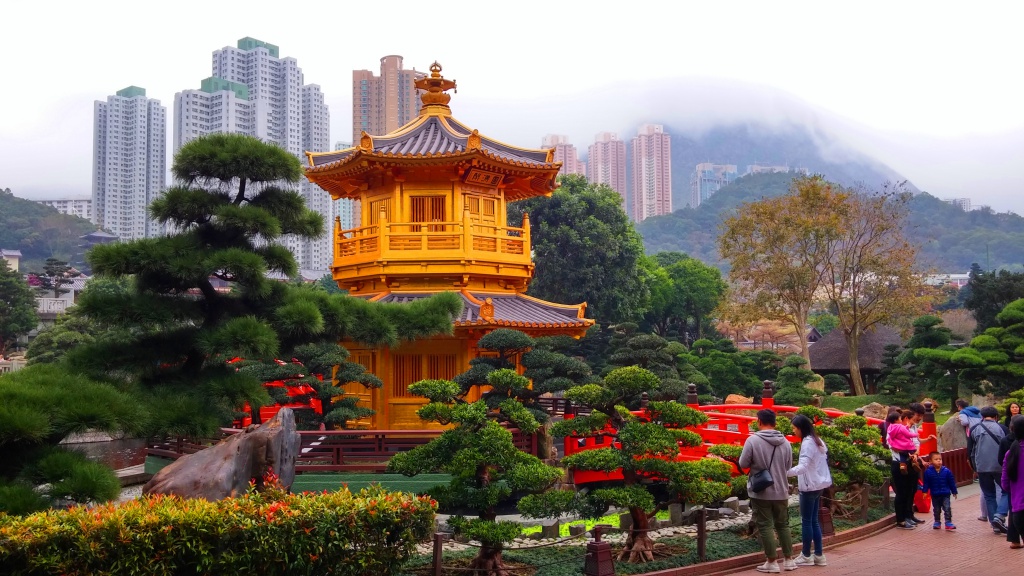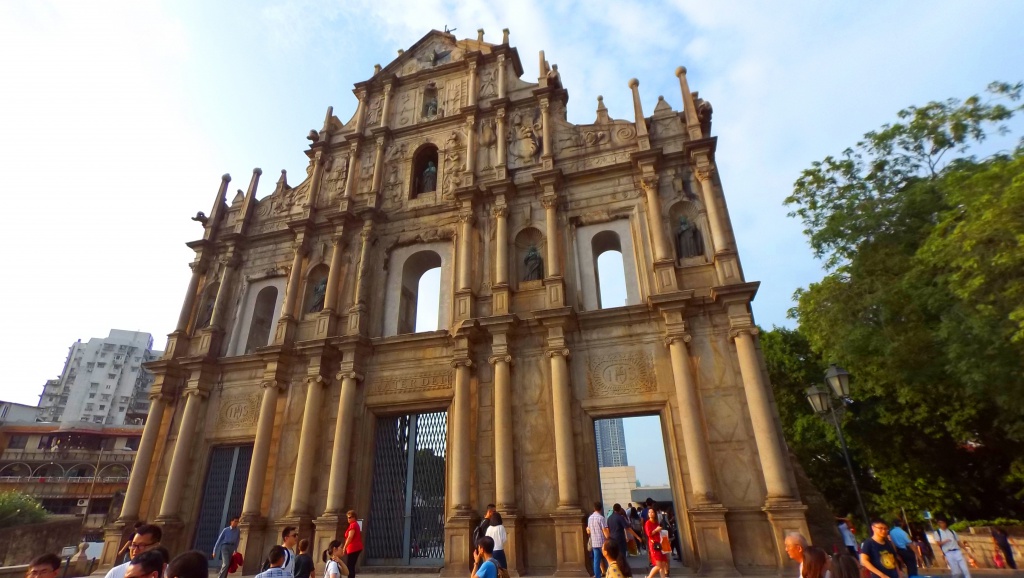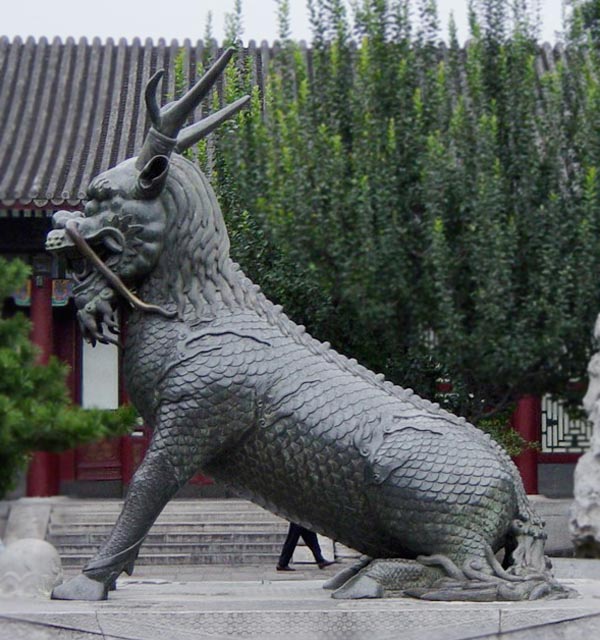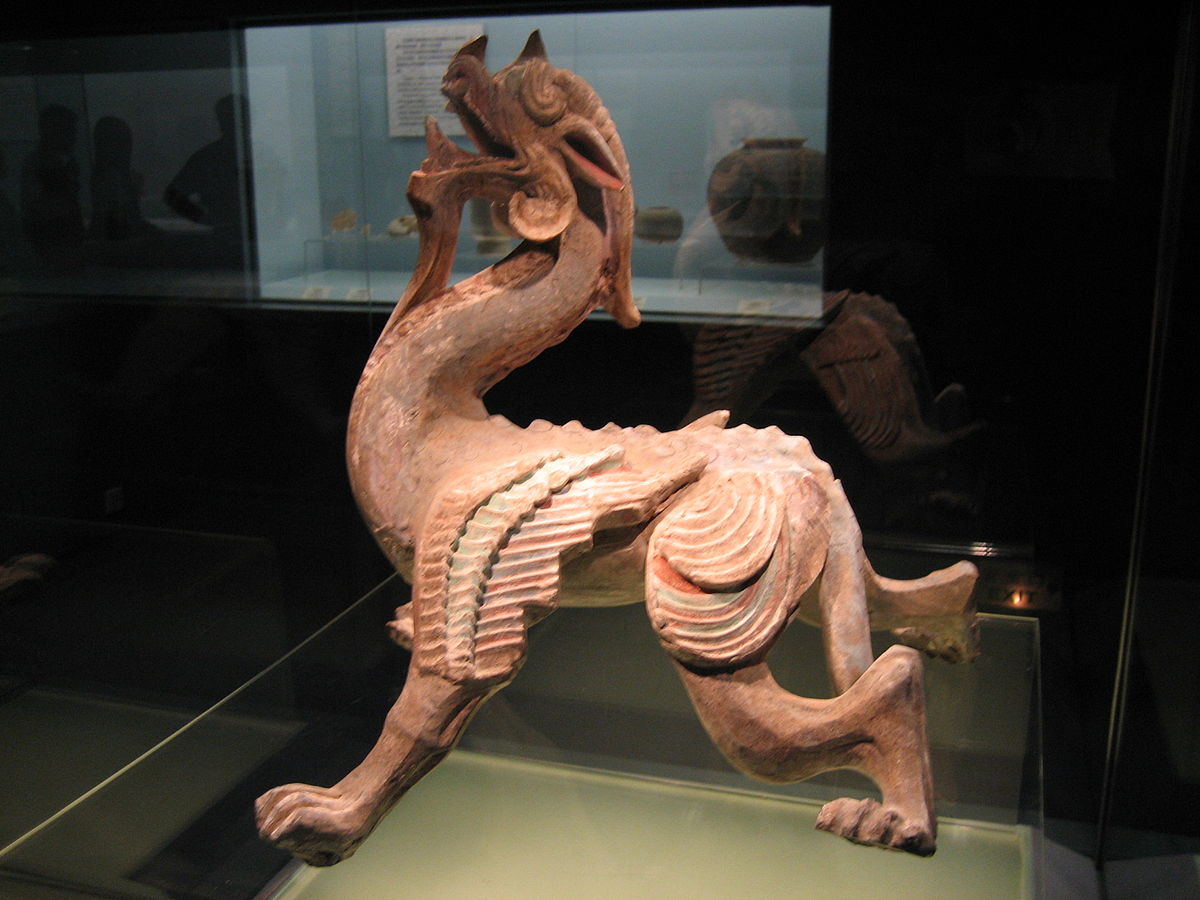Differences between dragon, lion, unicorn & pixiu
The special stamps for “Intangible Cultural Heritage – Dragon & Lion Dance” of Hong Kong Post show four Chinese mascots, lion, dragon, unicorn and pixiu.
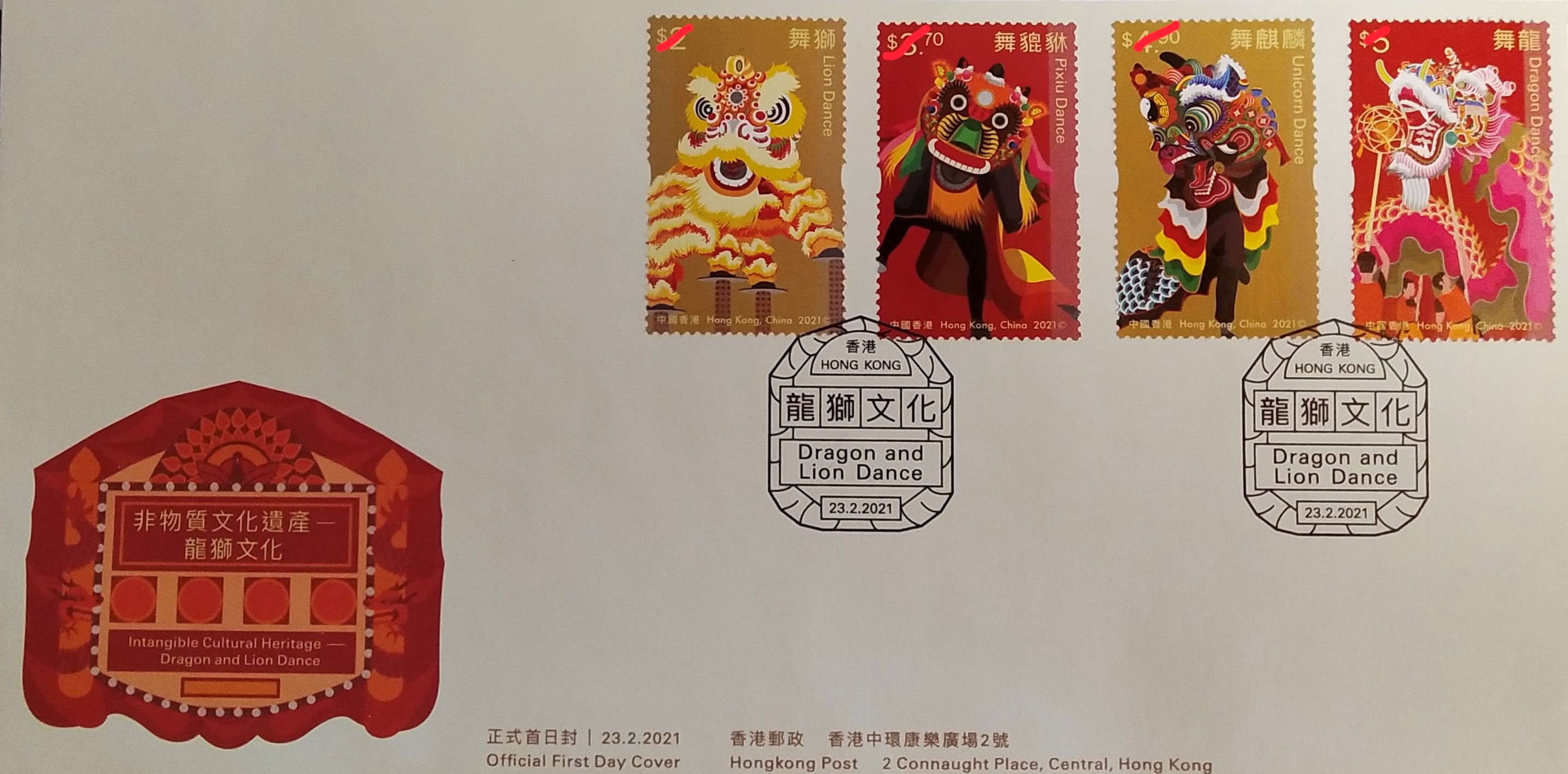
Intangible cultural heritage, dragon and lion dance special stamps
As they look so much alike, a lot of Western visitors cannot tell them apart.
Frank the tour guide is going to show the four mascots’ differences on their origin, image, character and function.
| Origin of dragon, lion, unicorn and pixiu |
|---|
| dragon |
| lion |
| unicorn |
| pixiu |
The lion dance stamp and dragon dance stamp remind Frank of the lion dance show and dragon parade at the Kai Tak Cruise Terminal to welcome the arriving cruise passengers.
Video shows six lions welcomed the Celebrity Millennium at Kai Tak Cruise Terminal in 2013.
Frank hopes cruise passengers can return to Hong Kong again soon after the pandemic to enjoy the intangible cultural heritage shows and Frank’s Hong Kong private car shore excursion service.
Dragon
Dragon is a mythical animal.
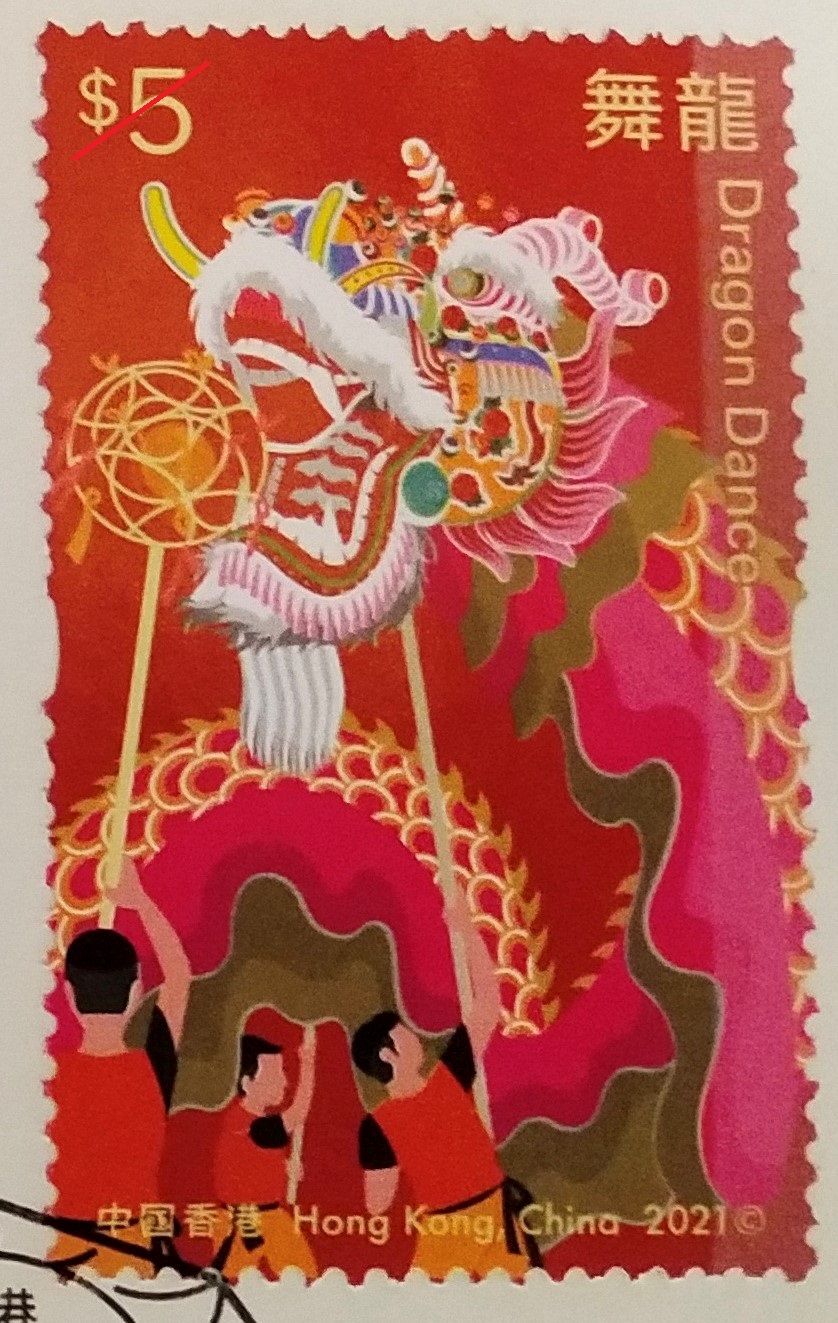
Dragon dance stamp
In the prehistoric time, people felt helpless when they faced the natural disasters.
Chinese just created the omnipotent dragon to be their protector, mascot and totem.
Thus dragon in China is different from the dragon in the West.
Chinese dragon represents benevolence, large-mindedness, courage and confidence.
Dragon’s image and dragon dance’s function can reflect dragon’s character.
Chinese dragon is actually the combination of nine different animals, i.e. horns of deer, head of camel, eyes of rabbit, ears of cattle, neck of snake, belly of clam, scales of fish, claws of hawk and palms of tiger!
Dragon’s image originated from the multilateral peace talk after the prehistoric tribal wars in China.
The benevolent and large-minded winning tribe chieftain decided to make a new totem for the Chinese race by combining other tribes’ totems, i.e. today’s dragon.
The normal dragon dance or parade is to celebrate big events.
A lot of special fire dragon parades originally were for fighting the pandemic.
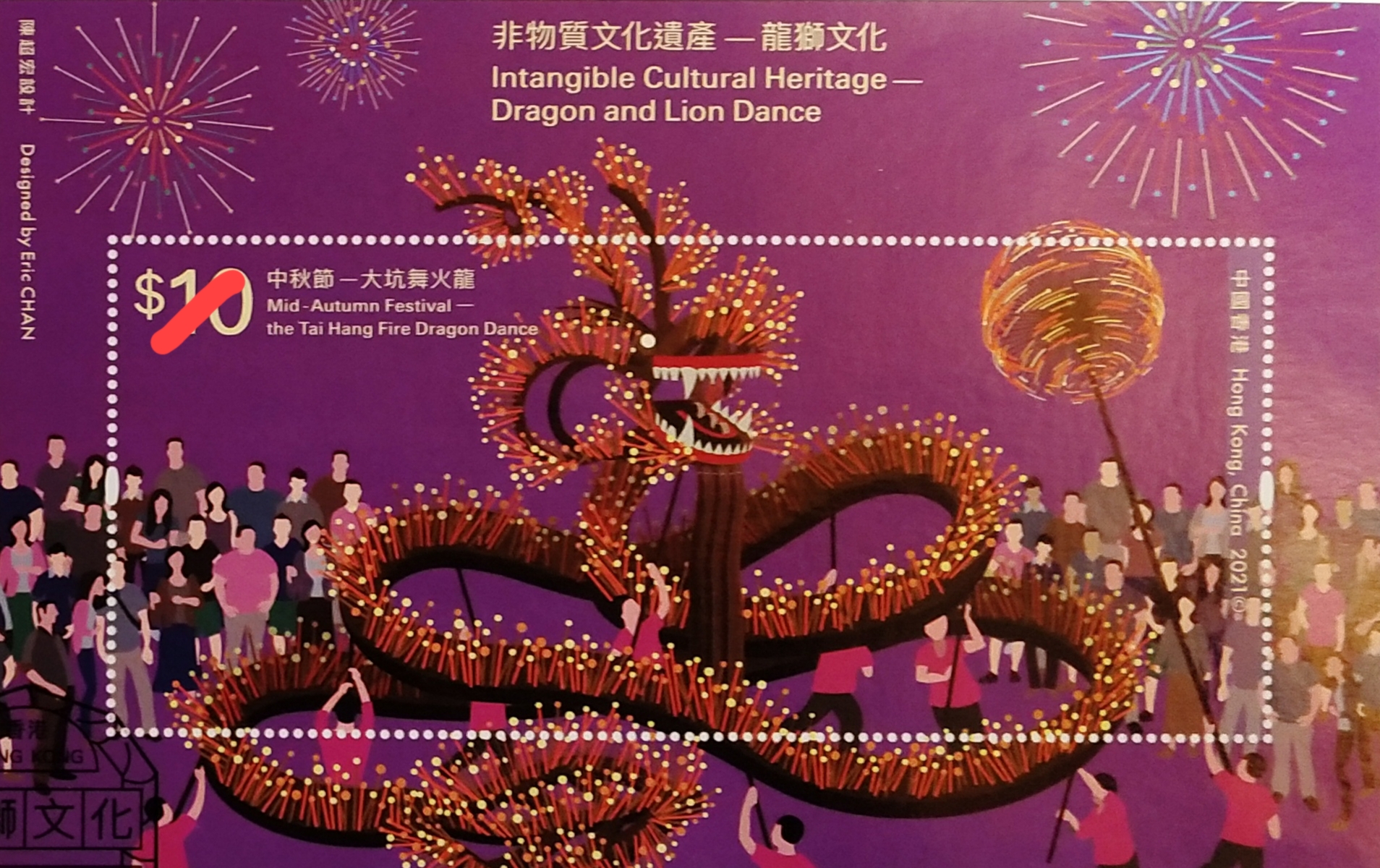
Tai Hang Fire Dragon Parade stamp
Chinese were eager to to use the magic power of the brave and confident dragon to overcome the disease.
Lion
Among the four animals, only lion really exists.
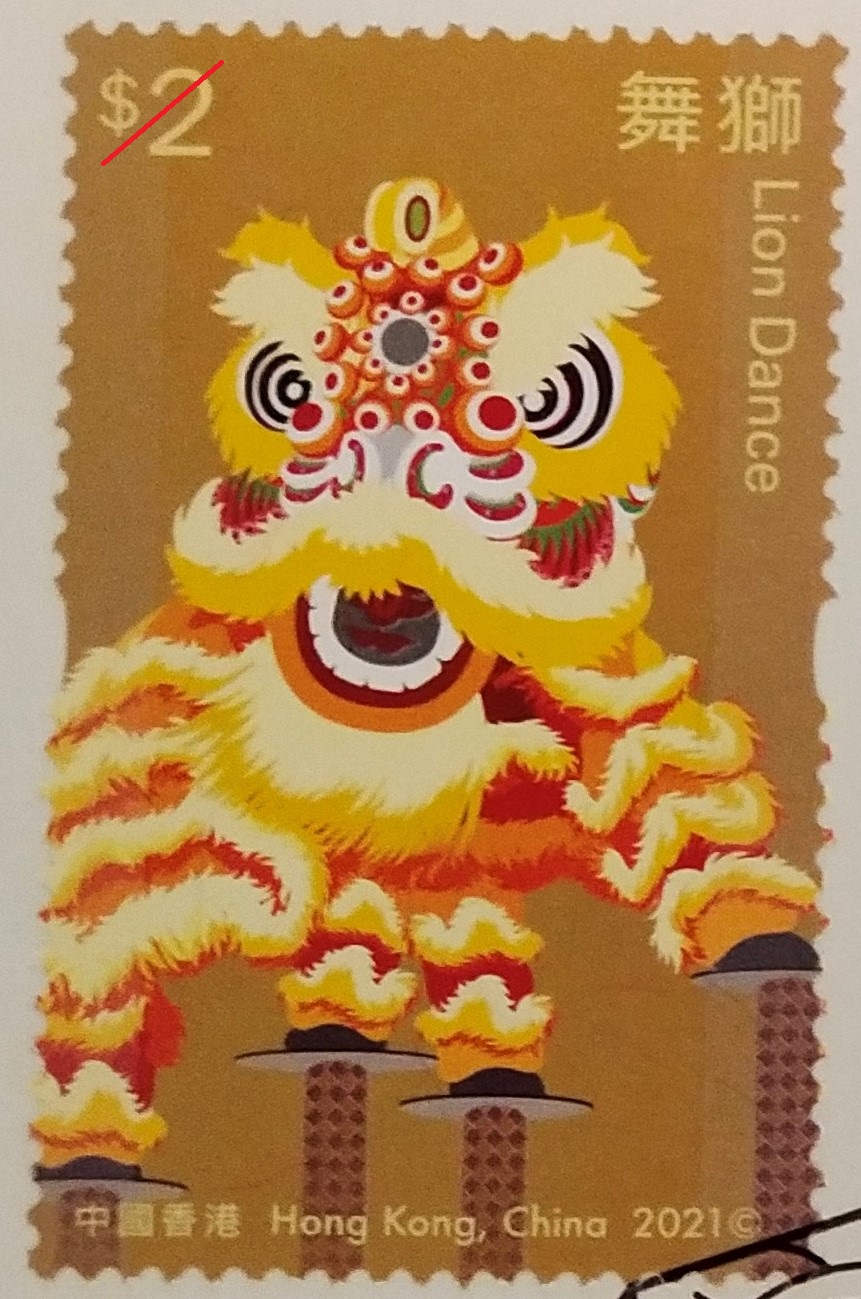
Lion dance stamp
However, it is not the native Chinese animal.
Chinese emperors got the lions and original lion dance performing arts when the vassal states paid tributes to them.
Chinese people could not see the real lion.
Chinese could only learn the image of lion and lion dance practice through another import Buddhism, which used lion sculptures as temples’ protectors and used lion dancers to lead the Buddha parades.
Up till now, the “lions” for lion dance still resemble to the lion sculptures at the entrance of Buddhist temples.
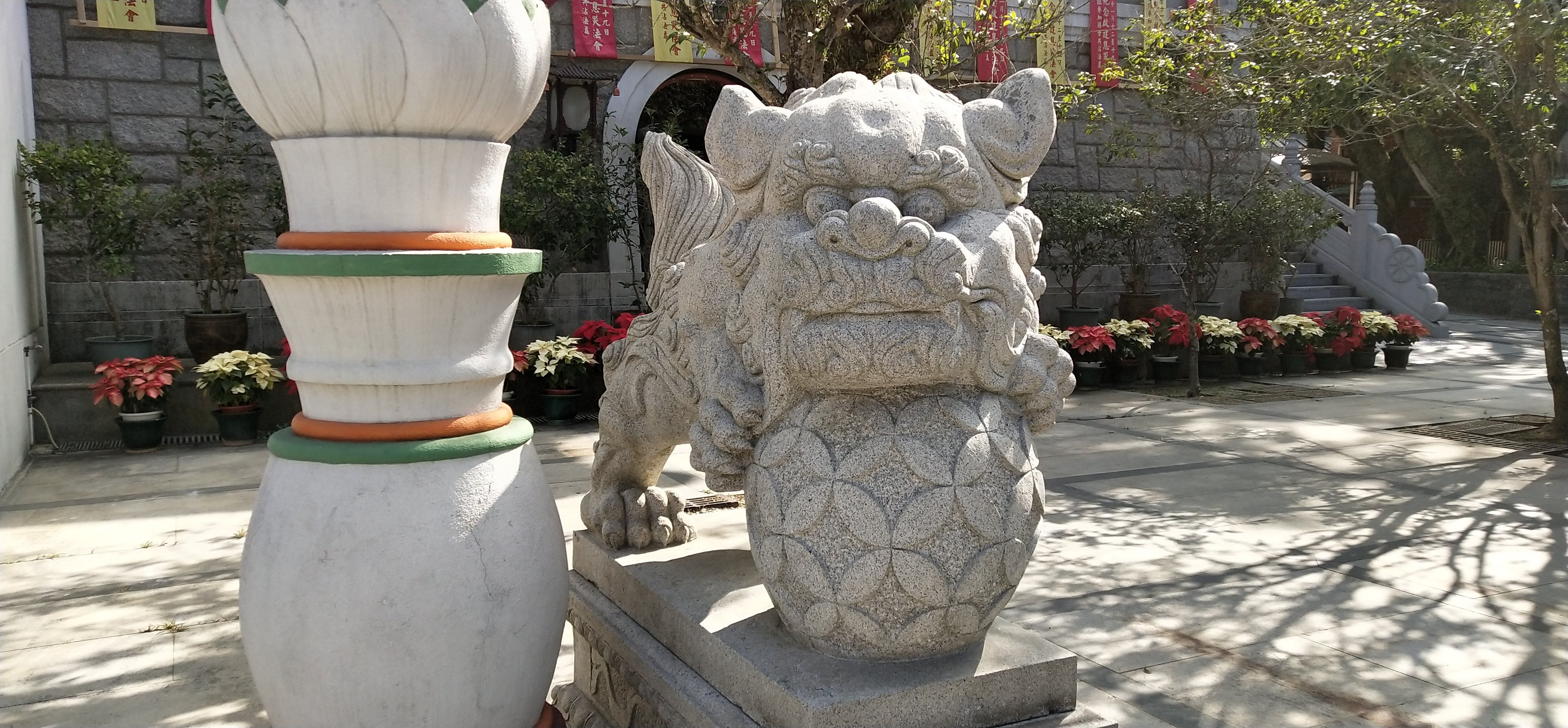
Stone lion at Po Lin Monastery
The cute image of the lions helps to attract believers and audience.
Lion dancers wave the colorful lion head and use quick, exciting and amusing actions to show lion’s complex character and entertain audience during the Chinese New Year and other Chinese traditional, cultural and religious festivals.
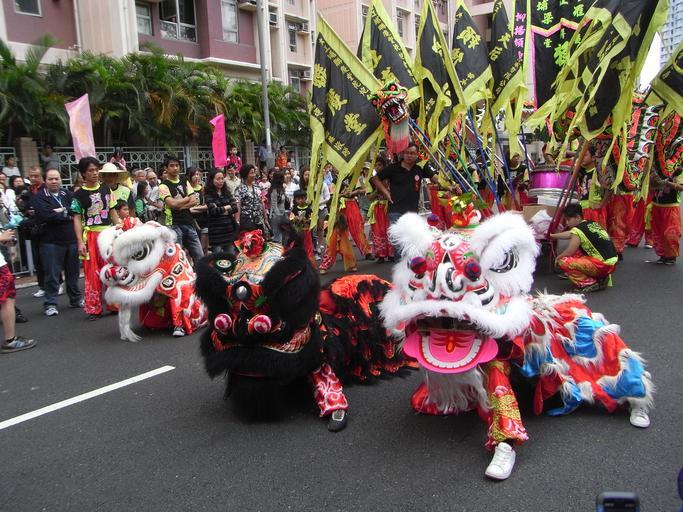
Lion dance performance in Hong Kong
When lion dancers do the mourning lion dance at the funeral, they wave a black and white lion head slowly, kneel down and walk by knees to show the sadness and pay tribute to the respected dead.
Unicorn
The mythical unicorn has the dragon head, deer body, horse hoofs, ox tail and wolf forehead.
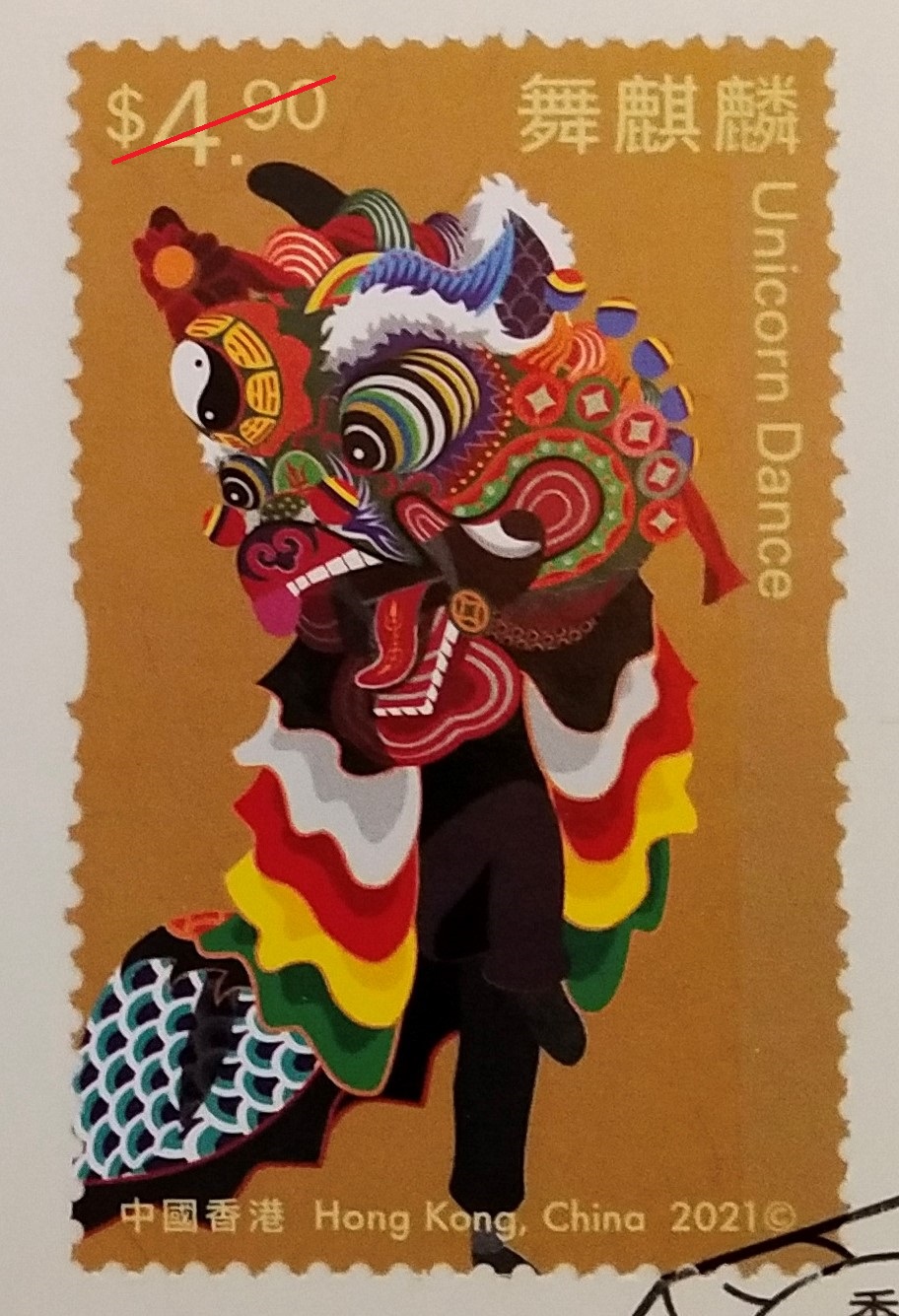
Unicorn dance stamp
It looks like another fierce predator.
Actually unicorn is very gentle.
Although it has the more than enough might, it does not hurt people and animals, trample on insects and flowers.
So unicorn is called “the benevolent beast”!
The unicorn dance, which always acts in an orderly manner, shows the mascot’s personality.
People also linked unicorn with the great philosopher Confucius, who advocated benevolence.
Unicorn congratulated his mother on the birth of her great son in her dream.
Now apart from the celebrations of Chinese New Year and festivals, unicorn dancers perform at the wedding parties to wish the couples to get the son as soon as possible!
Pixiu
The mythical pixiu has completely different background and character with the kind unicorn.
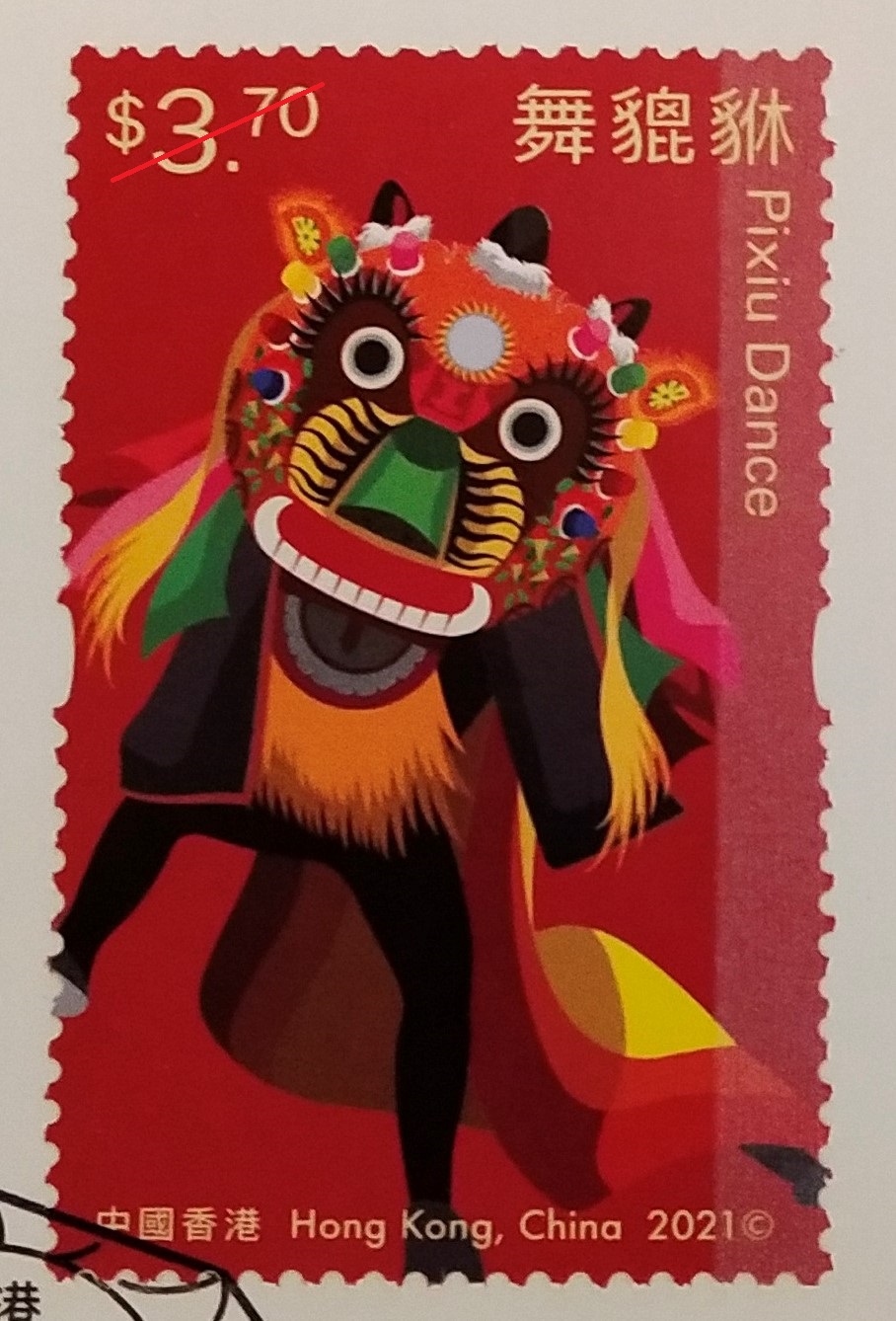
Pixiu dance stamp
In Chinese legend, the fierce and warlike pixiu was the member of the beast regiment.
The winged pixiu has the dragon head, horse body and unicorn legs.
Its fragrant sweat lured a lot of animals to approach it.
It ate them by its big mouth!
However as it has no anus, it never defecates!
Pixiu becomes the favorite of the casino tycoons and the mahjong parlor owners because of this characteristics.
They want their businesses to be the money eating machines like pixiu.
(由 <a href=”//commons.wikimedia.org/wiki/User:Mountain” title=”User:Mountain”>Mountain</a> – <span class=”int-own-work” lang=”zh-hk”>自己的作品</span>, CC BY-SA 3.0, 連結_
Thus apart from the normal celebrations, pixiu dancers perform at the opening ceremonies of the casinos and mahjong parlors.
Some people think that pixiu is similar to the Greek griffin, which is a cruel winged beast for guarding the treasury.
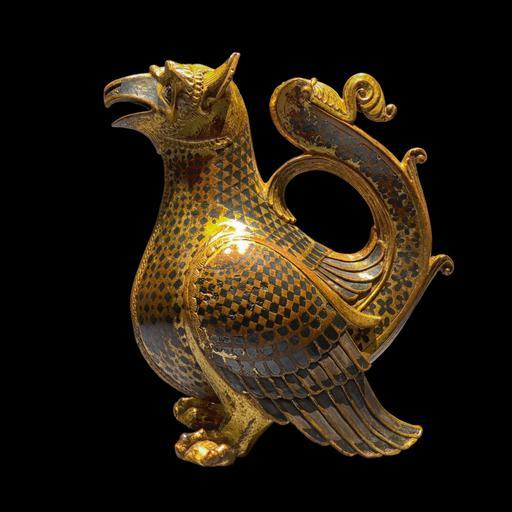
Chinese pixiu is similar to the Western griffin.
What do you think?
Lion dance, dragon parade and Frank’s private shore excursion wait for cruise passengers in Hong Kong
Hong Kong Post’s special stamps give everyone the chance to learn more about the lion dance, dragon dance, unicorn dance and pixiu dance.
Foreign visitors mostly can see the more popular dragon dance and lion dance.
For example Hong Kong’s Ocean Terminal and Kai Tak Cruise Terminal arranged the dragon dance and lion dance to welcome the cruise passengers. (Video shows dragon dancers welcomed the Mariner of the Seas.)
Frank the tour guide hopes dragon dancers and lion dancers can perform at the cruise terminal at the welcoming ceremony again soon.
Frank’s Hong Kong private shore excursion by private car service always waits for cruise passengers.
For further questions, please contact Frank
